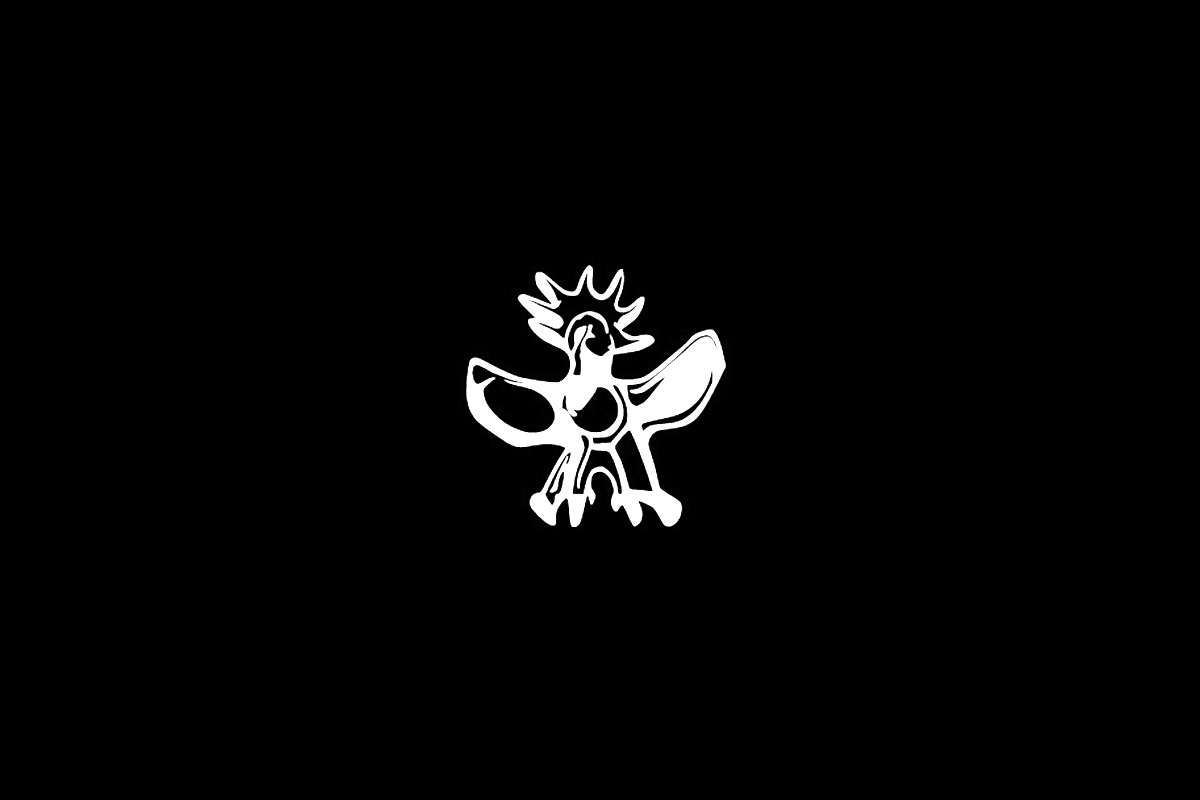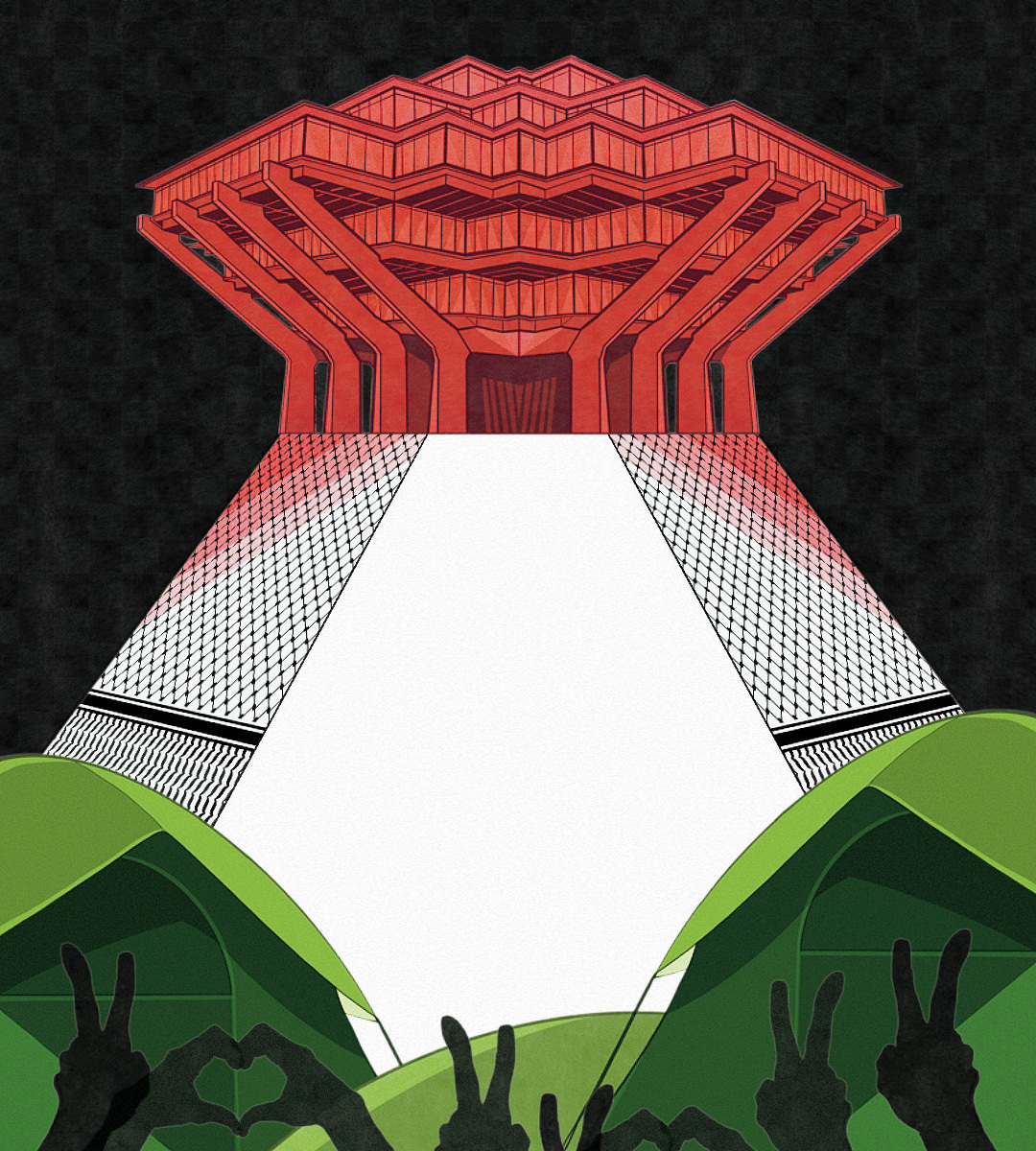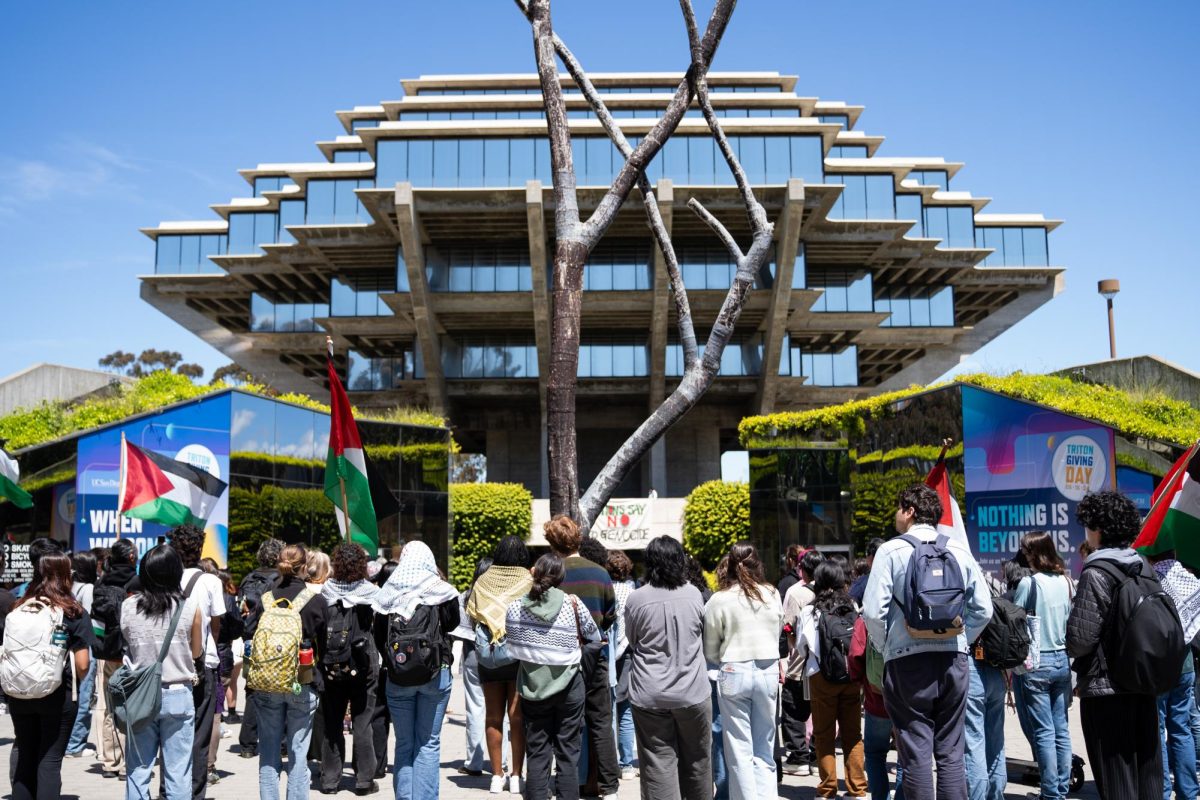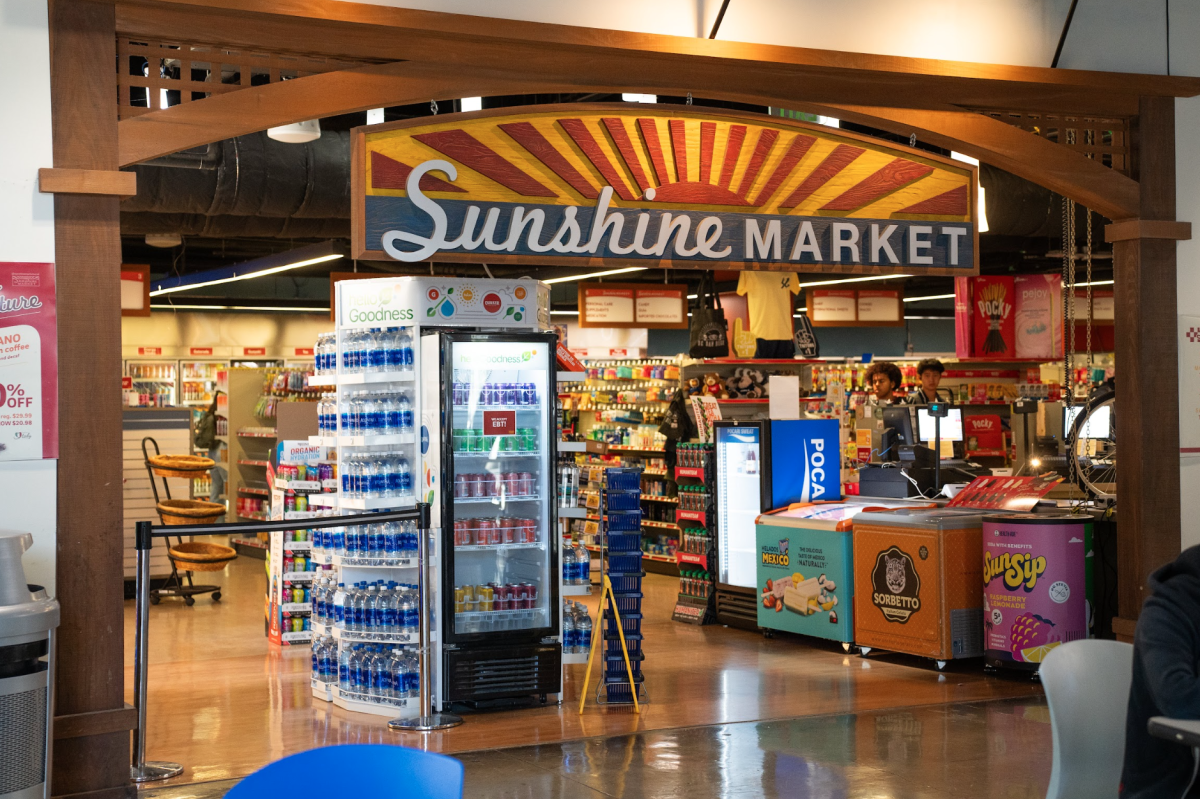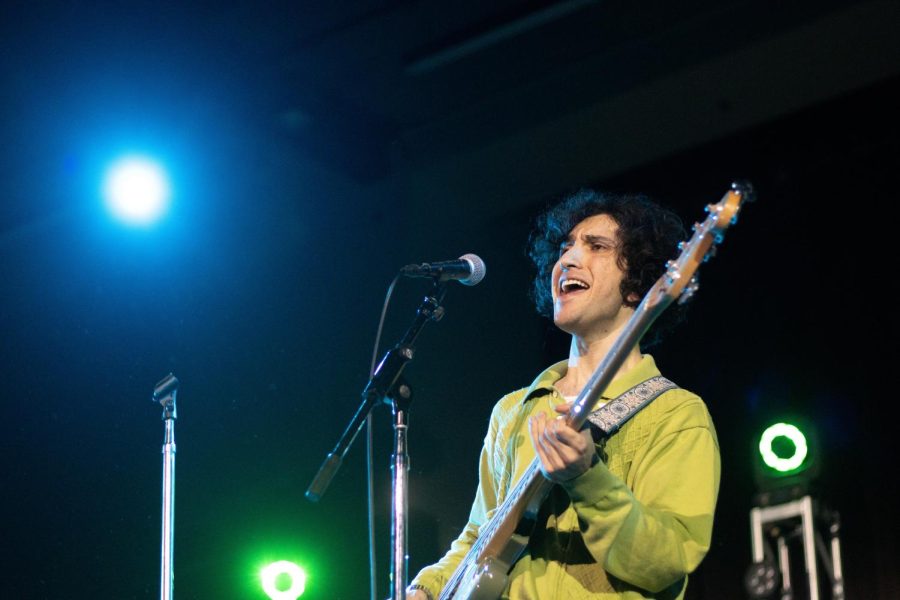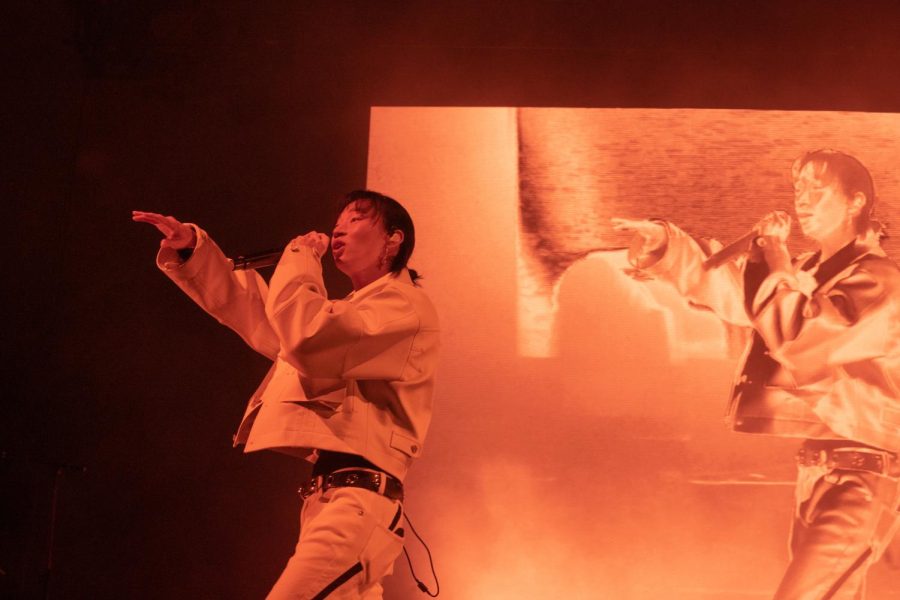While the Cedar and Paradise fires that burned nearly 300,000 acres, killed 17 people and destroyed over 2,400 homes in San Diego county never reached the UCSD campus, the fires’ devastating effects were felt by the campus community in a wide variety of ways.
Aftermath: A Scripps Ranch resident searches for any salvageable items on Oct. 29 after the Cedar Fire destroyed his house on Handrich Drive. The Cedar Fire, which ravaged over 280,000 acres, was the largest fire in San Diego County history.
University officials cited multiple reasons for their decision to close the campus for three consecutive days from Oct. 27 to Oct. 29. These included obeying county officials’ request of keeping the roads open for emergency vehicles, dangerously poor air quality on campus caused by the smoke, and consideration for those individuals in the UCSD community directly affected by the fires.
School was reopened on Oct. 30 due to greatly improved air quality and greater containment of the fires.
“”There was never any concern of the fire coming to campus,”” Director of University Communications Barry Jagoda said.
Veteran university officials could not remember a previous emergency closedown of the university.
During the days of closure, on-campus residents were asked to stay indoors as much as possible to avoid breathing particles in the air.
“”It was really eerie driving around campus when nobody was around,”” UCSD Police Officer Al Jenkins said. “”It looked like the end of the world.””
According to Jenkins, the campus remained “”quiet”” and the campus police were mostly kept busy by people calling the station with inquiries about the fires instead of calling the established campus emergency hotline.
“”I just stayed indoors and watched the news all the time,”” John Muir College senior Daphne Banash said.
Some students, when not prevented by road closures and flight cancellations, decided to go home.
“”I was kind of down,”” Muir College freshman Rachel Oacha said. “”It felt like we were trapped here.””
The fires directly affected members of the UCSD community that were evacuated from threatened areas and have now returned to find their homes unscathed, damaged or destroyed.
No numbers are yet available as to how many students, staff and faculty were directly affected, but a campus hotline has been established by the Quality of Work/Life office to help find temporary places to stay for those affected by the fires. Those looking either to provide a space in their own homes or to find a place to stay can call (858) 534-4214 or e-mail [email protected].
Some students living off-campus that were evacuated felt lucky to find their homes standing upon their return.
“”We were so lucky,”” said Muir College junior Chuck LaVerdiere, who, along with his housemates, was forced to evacuate their house in Tierrasanta. “”When we came back we saw the area was literally burned up right to our neighborhood.””
LaVerdiere said he had time to pack valuables and items such as his guitar, surfboard and schoolwork before he drove to a friend’s house, where he stayed until his neighborhood was deemed safe.
“”I didn’t know I could pack up so much stuff so quickly,”” he said. “”But I didn’t think we were in that much danger. You never think this could happen to me.'””
After the fires were contained, Tierrasanta was reopened to residents, who found some of the neighborhoods ravaged.
“”We watched the news all day to see whether our house was still there or not, seeing street signs on the screen with flames behind them and hoping we wouldn’t see ours,”” LaVerdiere said.
Faculty and staff experienced similar evacuations throughout the county. Richard Carson, chair of the Economics Department, was evacuated from his home in Scripps Ranch. He found his home intact upon his return, unlike many of the homes in the badly burned Scripps Ranch area.
“”It was bad to see a whole line of houses serve as a fire break, but after they did that, the firefighters made a valiant effort to protect the houses behind them,”” Carson said. “”Given the equipment they had, they did a bang-up job fighting the fires.””
Carson, along with many other UCSD faculty experts, has been active in commenting on the fires for various news media throughout the nation. An expert on wildfires and public policy, Carson edited the book “”Both Sides of the Border,”” which took a look at fire policies in Southern California and on the other side of the border in Baja California, where there is little fire control.
“”In Southern California they try to suppress fires right away, and because of that, when it gets away from them, there are no natural fire breaks,”” Carson said. “”All the small fires in Baja stop other fires from getting through. So in fact what happens is that we make these giant fires much more likely.””
Carson also criticized the response during the current Southern California fires.
“”You have an inherent structural problem,”” he said. “”The way firefighting works is you have to pull your local level resources first, then state-level resources, but because of the other fires [in the Los Angeles area] there wasn’t any other state resources, so the only other option was federal.””
Steven Buckley, a professor of mechanical aerospace and engineering, addressed the idea of controlled burns to prevent such giant fires.
“”It’s a little bit risky, but would serve to eliminate some of the underbrush that serves to fuel the fire,”” Buckley said.
The question of preventive controlled burns has been discussed widely following the spread of the fires in Southern California, and Buckley felt that it would “”bring up all sorts of questions about what’s appropriate.””
“”In the U.S. … we try to tailor the environment to our liking, and tend to think we can control everything, until we realize there are some things we just can’t,”” said Buckley. “”We have to look to our approach ‹ do we assume that no fire is good? My guess is that we’re going to move toward more controlled burns, and unfortunately it might take something of that magnitude to spur that.””
Other UCSD experts commented on the effects of the fire smoke and the particulate matter in the air following the fires.
“”[Unhealthy air quality] brings about two health issues: respiratory, like asthma and bronchitis and problems with children and the elderly, and cardiovascular, because people have heart stress when they can’t breathe well,”” said Mark Thiemens, dean of UCSD’s Physical Sciences Division. “”It’s probably not going to make the healthy person sick, as your lungs purge out with time and the air clears, but the best thing to do was to get out of town.””
Many students on campus experienced such short-term effects as headache, nausea, dizziness and chest discomfort, according to Brad Buchman, clinical director of Student Health Services.
“”The campus closure was mediated initially by concerns for keeping freeways open but it became apparent that the key issue was air quality,”” Buchman said. “”We felt that it was so bad that students should stay inside.””
While a higher-than-usual number of students came in with asthma and other respiratory problems, Buchman said that the cases were not overwhelming.
“”We were gearing up to see lots and lots of students with horrible symptoms, but fortunately that didn’t happen,”” he said.
While many students were seen walking around campus with masks on the days the campus was closed, Student Health Services did not recommend their use as they were not protective enough in the bad air and gave students a sense of “”false security,”” according to the SHS Web site.
Campus concern for students and staff revolved not only around physical health, but also mental health. Counseling services have been made available for all individuals of the UCSD community affected by the fires.
“”Typically after a crisis like this, people are oriented toward managing the practical impacts, and then the emotional impacts will surface in the next days or weeks,”” said Robert Mashman, clinical director of Psychological Counseling and Services. “”We are encouraging people to call in, and have the capacity to come out and meet with groups of students.””
A psychologist is on call every day and available free of charge both in person or by phone by calling (858) 534-3755.
As the campus recovers from the effects of the fire, academics have also been impacted for most students as professors were forced to push back lessons, assignments and midterms.
“”Now it’s either the professors have to go ahead faster with the material or leave it up to us to learn, so it’s just stressful,”” Oacha said.
With all campus services back to regular operations, the campus has resumed its daily routine.
“”It should be just business as usual from now on,”” Jenkins said.


